Home >Backend Development >PHP Problem >How to convert XML string into object in PHP
PHP method of converting XML strings into objects: first declare the XML string in Editplus and run the PHP file; then use the [simplexl_load_string] method to convert the xml string into an xml object; finally use PHP The arrow method can be used to call the content in the xml object.

PHP’s method of converting XML strings into objects:
1. First, let’s declare it in Editplus An XML string. Note that declaring an XML string in PHP requires three left brackets, as shown in the figure below
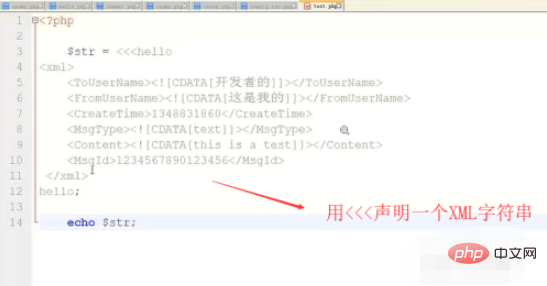
2. Next, we run the PHP file. You You will see the content as shown below on the page. The XML has been parsed
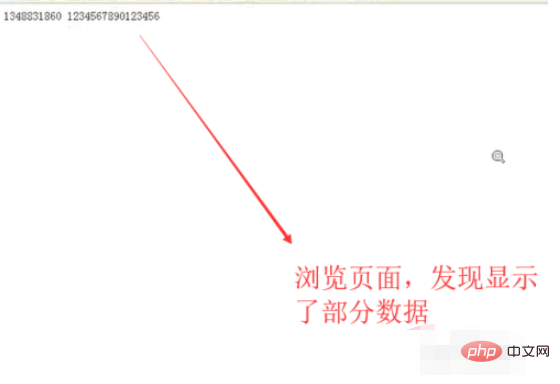
3. Then we can convert the xml string into an xml object through the simplexl_load_string method. As shown in the figure below, use var_dump to print the type after conversion
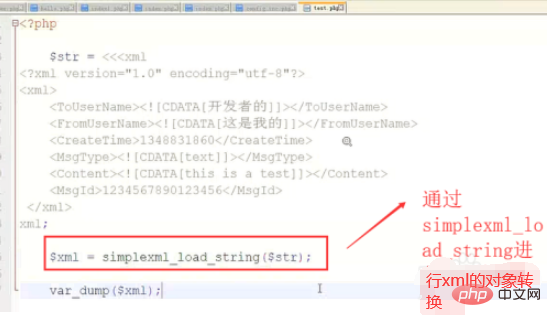
4. After running the PHP program, you will see the XML string converted into an object on the page , as shown in the figure below
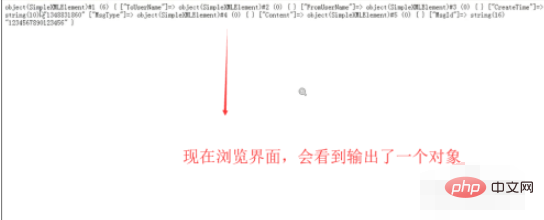
5. In addition, we can also pass in three parameters when using simplexml_load_string, as shown in the figure below
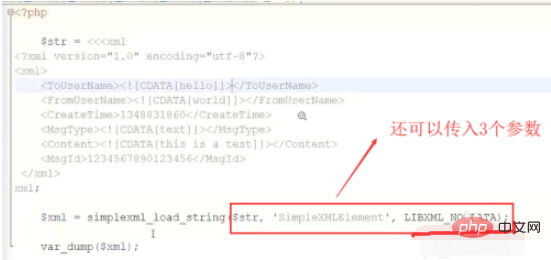
6. Next, run the PHP file, and you will see that the converted object is purer. We can call it directly through attributes
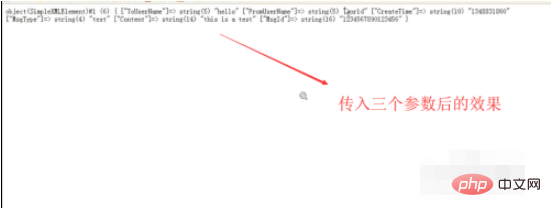
7. Finally, we can call the content in the xml object through PHP arrows, as shown in the figure below
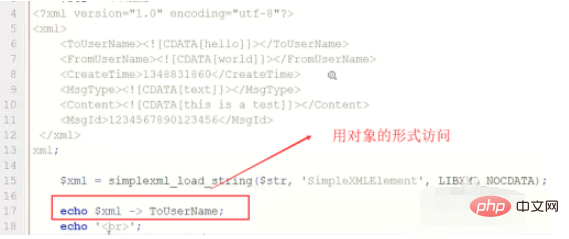
##Related learning recommendations:
The above is the detailed content of How to convert XML string into object in PHP. For more information, please follow other related articles on the PHP Chinese website!